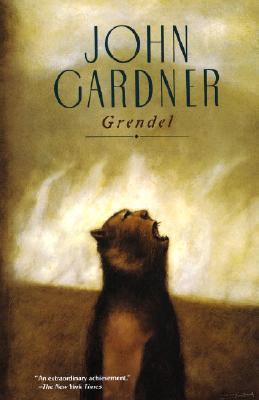5 Stars
Amazing. Full stop.
I realize that the audience for this is extremely limited, but if you are interested in medieval history, manuscripts, historical importance and the art, then this is a great resource. De Hamel does more than show pretty pictures; he is the eyes and hands turning the pages that we cannot--okay, maybe there's a dozen people in the world that would be allowed to handle these manuscripts, but I'm never going to be one. He tells us things that we can't see from images: texture, application of pigment, the smell, the binding, sewing of the folios, etc. I learned more about manuscript creation from skin to gilding than anywhere else and it was all explained while perusing these incredible books. That they still exist fills me with awe.
Provenance (ownership history) obviously plays into the discussions of each of the works. These were the cherished belongings of the highest echelons of European society. War booty plays a role in most pasts, and through this the reader begins to understand the tug-of-war across Europe through the centuries as you follow the manuscripts from one library to the next.
I can't possibly summarize all the works, but I've included the list and some quotes and thoughts.
Gospels of Saint Augustine
The parchment leaves of the manuscript, as we saw earlier, are extremely fine and of tissue thinness, and they pick up the vibration and hummed and fluttered in time with the music. At the moment, it was if the sixth-century manuscript on its cushion had come to life and was taking part in the service. It occurred to me that maybe ancient Christian manuscripts always did that, for their parchment is generally much finer than in later books, and perhaps one for carrying early Gospel Books in processions at all was because this effect is astonishingly powerful and moving. -- about Gospels of Saint Augustine, 7th c. brought to England by Saint Gregory
Codex Amiatinus
Book of Kells - So famous that any comments are superfluous.
Leiden Aratea
Morgan Beatus
The tone discussing it was very fond. De Hamel's affection bled through with his discussion. Never sure why, but it is uniquely syncretic artwork no doubt plays a part as does the symbolism. Perhaps Beatus, the illustrator and scribe becoming one of the first named instead of as a group appealed. Whatever the reason, de Hamel made it seem charming. The shady provenance and high-flying ownership certainly added to the salaciousness of dirty world of black/gray market art trade.
Hugo Pictorus - Stunning
Copenhagen Psalter
The colors are magnificent, rich and exquisite in bejeweled extravagance. Yes, actually gems have/had been glued to the images.
Carmina Burana
Great example of the shift to use of vernacular. It is a great piece of German poem and song compiliation that brings to mind the later Grimm brothers' endeavor.
Jeanne de Navarre Book of Hours
Lovely, but more importantly to me and my curious mind is that de Hamel brings up a very interesting point that Book of Hours as a genre were almost exclusively made for woman. Wealthy women, who while educated, were not given tutelage in Latin; therefore, the books are often vernacular with the Bible verses in Latin, which anyone attending service would have a firm knowledge. When you combine this with the Carmina Burana that was German vernacular you see a trend that women because they were denied formal access were instrumental in knowledge disseminating through the this transition. This is noted in this book as being true in Europe, but it is also true in Asia. The Tale of Genji authored by a Japanese noblewoman and lady-in-waiting was not written in Chinese, but rather hiragana. And this was happening in the eleventh-twelfth century.
It is absolutely fascinating and frankly, I'd love to read a book or dissertation on the language shift driven by women's use and democratization. IF, anyone knows of one PLEASE let me know either in the comments or via PM--Thank you.
Hengwrt Chaucer
Visconti Semideus
This, like the Hengwrt Chaucer and Carmina Burana, is not a religious text. It is more of a princely affairs' trio of works bound together. Think along the lines of Machiavelli's The Prince. It includes a section on warfare that I found enormously entertaining, because war machines and strategies always fascinate me. The vases filled with poisoned vipers as a ship to ship volley is great, see them below.
Spinola Hours
Like all of the others before, this manuscript is exquisite, but the mystery of its genesis is probably the most interesting. It also plays a very special role in de Hamel's career as being the individual to bring a previously lost and at the time unknown work back into the public eye. And it is decadent in its illustrations.











